When considering the construction and operation of a 14k dump trailer, the selection of the right axle width is paramount for efficiency, safety, and performance. This article meticulously examines the critical factors influencing axle width choices and provides a comprehensive guide to ensure optimal performance in transporting heavy loads.
The Basics of Trailer Axles
What is an Axle?
An axle is a critical component of any vehicle, particularly in trailers, where it serves as a pivotal point around which the wheels rotate. The axle supports the trailer’s weight, absorbs shocks during transportation, and contributes to the overall stability of the trailer.
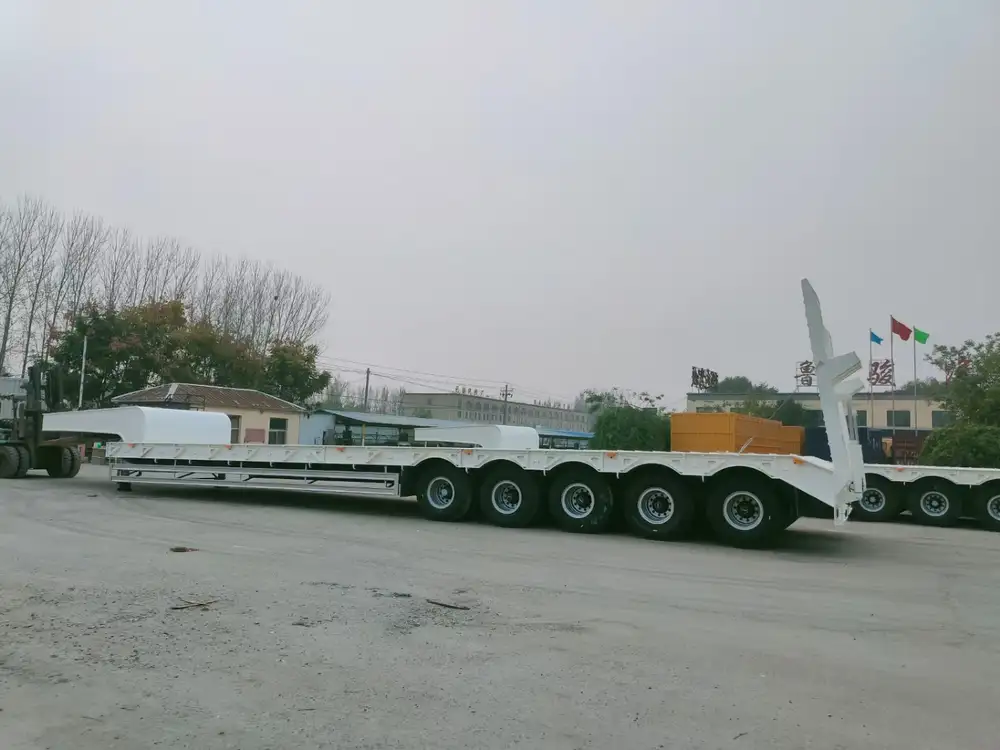
Types of Axles
Various types of axles are used in manufacturing dump trailers, typically classified as:
| Type | Description | Common Uses |
|---|---|---|
| Single Axle | A standard, single-rod axle that carries less weight. | Small utility trailers or lightweight loads. |
| Tandem Axle | Two axles connected, allowing for greater load capacity. | Heavier loads, such as those found in dump trailers. |
| Tri-Axle | Three axles, supporting even more weight. | Heavy-duty applications, typically for construction or mining. |
Why Axle Width Matters
The width of a dump trailer axle directly influences:
- Stability: A wider axle tends to provide greater stability, especially during maneuvering or transporting uneven loads.
- Load Capacity: Axle width impacts the distribution of weight across the trailer—critical for meeting the 14k capacity.
- Tire Wear and Performance: Wider axles can lead to quicker tire wear if not properly aligned but offer improved traction.
Ideal Axle Width for a 14k Dump Trailer
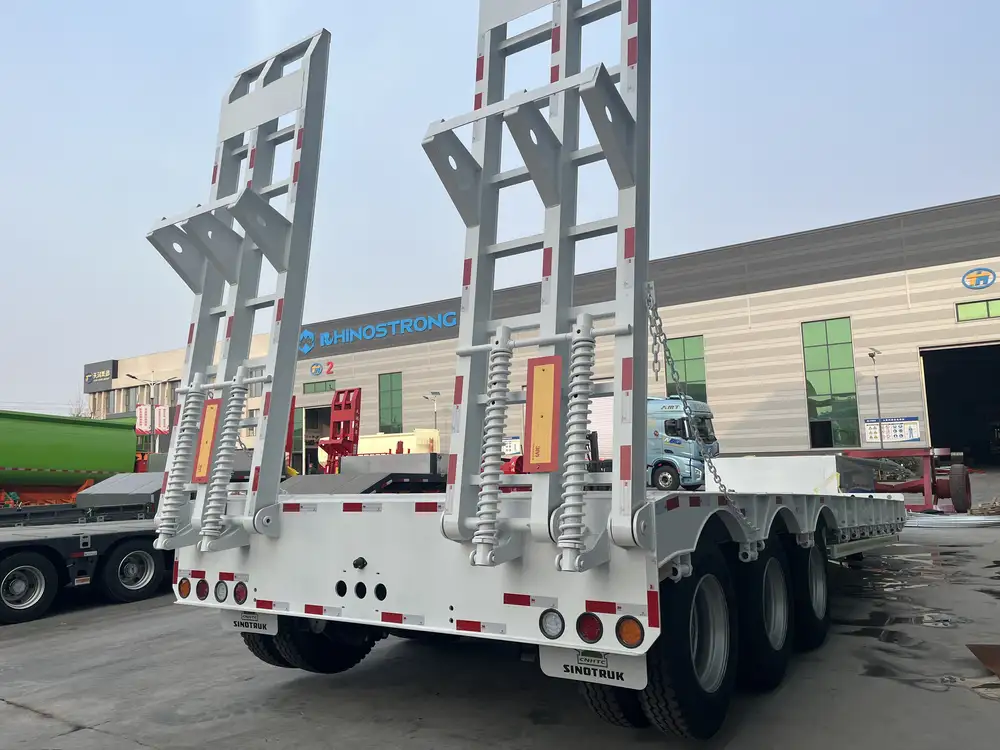
Standard Axle Widths
For a 14,000-pound dump trailer, the axle width typically ranges between 78 to 102 inches. The specific width will depend on various factors, including:
- Trailer Configuration: Tandem axle setups are popular in 14k dump trailers to efficiently distribute weight.
- Intended Use: The purpose of the trailer (e.g., heavy construction versus landscaping) affects axle requirements.
Considerations for Axle Selection
Load Distribution: Proper weight distribution is crucial. Each axle should bear approximately half the total weight of the trailer. For a 14k dump trailer, that’s about 7,000 pounds per axle in a tandem setup.
Type of Suspension: Different suspensions, such as leaf spring, air ride, or torsion suspension, work better with specific axle widths. Typically, leaf springs are used in tandem axle setups for rugged terrain suitability, while air ride systems offer enhanced comfort and stability.
Tire Size and Rating: The width of the axle also affects the types of tires that can be mounted. Tires rated for a 14k load need appropriate dimensions to ensure performance under pressure.
Comparison Table: Axle Width and Characteristics
| Axle Width (inches) | Weight Distribution (lbs) | Best Use Case | Suspension Type |
|---|---|---|---|
| 78 | 7,000 per axle | Light-weight materials | Leaf spring |
| 84 | 7,000 per axle | General-purpose hauling | Leaf spring or air ride |
| 102 | 7,000 per axle | Heavy-duty construction | Air ride |
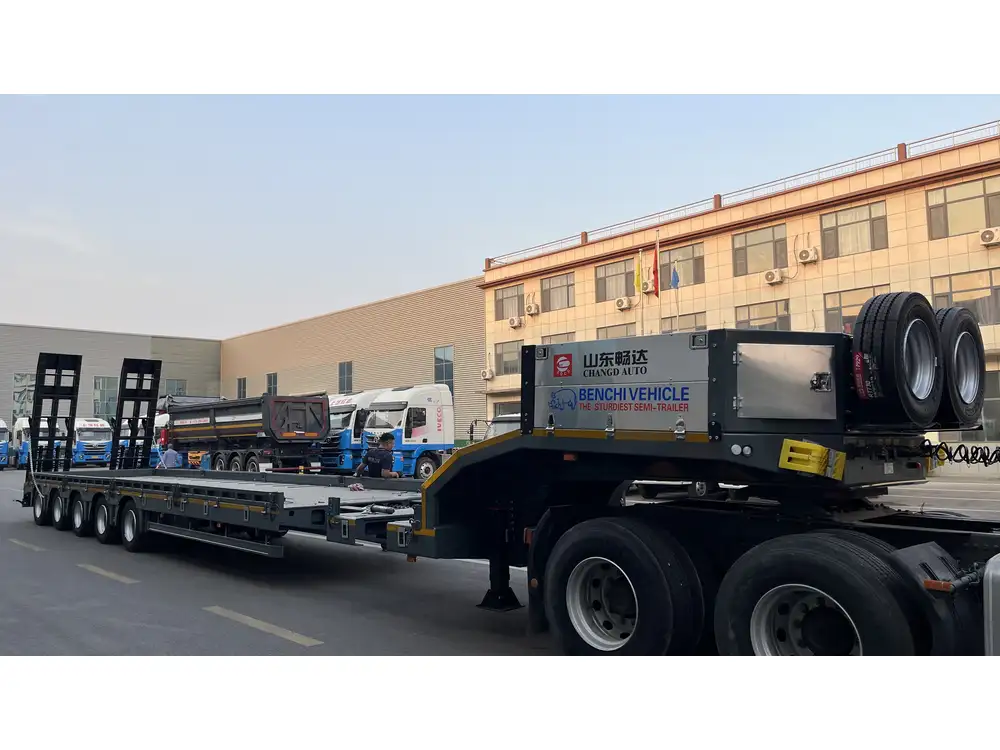
Regulations and Guidelines
Understanding the regulatory landscape surrounding dump trailers is essential. Different states and regions may have unique load-bearing laws, construction specifications, and vehicle width limits:
- Check Local Regulations: Consult with local Department of Transportation (DOT) offices regarding restrictions on trailer axle widths.
- Staying Within Limits: Ensure that total trailer width conforms to state regulations to avoid fines or traffic code violations.
Traction and Handling Considerations
A dump trailer’s handling characteristics vary significantly with axle width:
- Wider Axles: Typically enhance stability and traction, reducing the likelihood of swaying during sharp turns.
- Narrow Axles: Can lead to better maneuverability but may increase the risk of tipping, particularly when heavily loaded.
Tire Alignment and Maintenance
Proper tire alignment is crucial for extending the life of both axles and tires. Misalignment can lead to inconsistent wear patterns, resulting in dangerous handling conditions and potentially leading to accidents.
- Scheduled Inspections: Regular checks for alignment can prevent uneven tire wear and keep the trailer running smoothly.
- Load Checks: Periodically test the trailer under load conditions to ensure balance and performance.
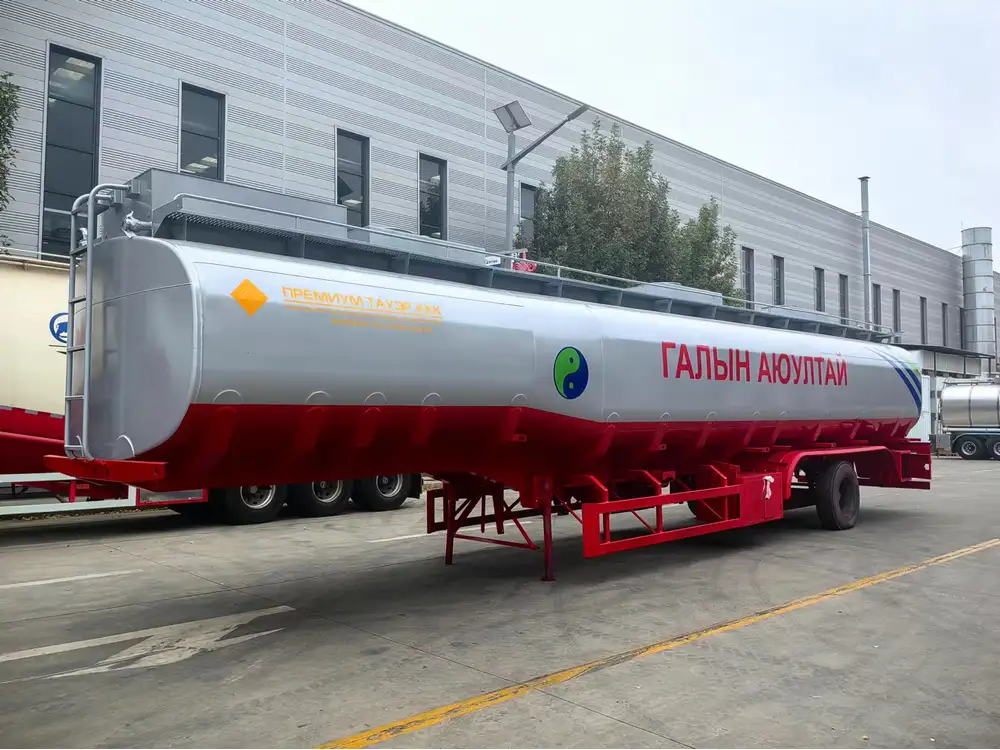
Choosing the Right Manufacturer
When investing in a 14k dump trailer, selecting manufacturers known for quality axles is critical. Consider the following criteria:
- Experience and Reputation: Look for manufacturers with extensive experience in producing heavy-duty trailers.
- Warranty and Support: Evaluate warranties and after-sales support offerings, as these can indicate a manufacturer’s confidence in their product.
- Customization Options: Some manufacturers provide options for custom axle widths based on specific operational needs.
Top Manufacturers to Consider
| Manufacturer | Notable Features | Specialization |
|---|---|---|
| Big Tex Trailers | Heavy-duty construction, customizable features | General-purpose dump trailers |
| Load Trail | Warranty options, robust design | Utility and heavy-duty trailers |
| PJ Trailers | Wide range of sizes, flexible axle widths | Vehicle transport and heavy loads |
Common Questions and Answers
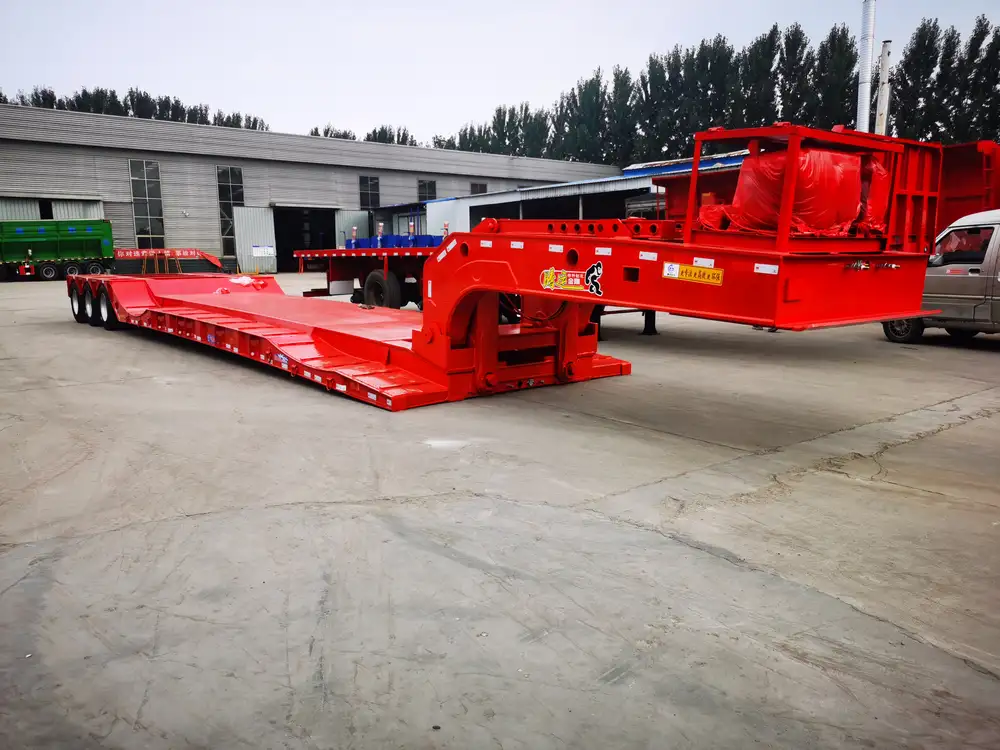
What happens if the axle is too narrow?
Having an axle that is too narrow can lead to instability, particularly when navigating turns or uneven terrain. It may also increase the risk of tipping if loads are placed unevenly.
Is it possible to change axle width after purchase?
While it is technically possible, changing an axle width can be complicated and may require complete axle replacement. Such modifications should only be undertaken with expert guidance.
How can I determine the best axle width for my specific needs?
Evaluate the intended use, load types, and personal preference on stability versus maneuverability. Consulting experienced professionals in trailer design can also provide valuable insights.
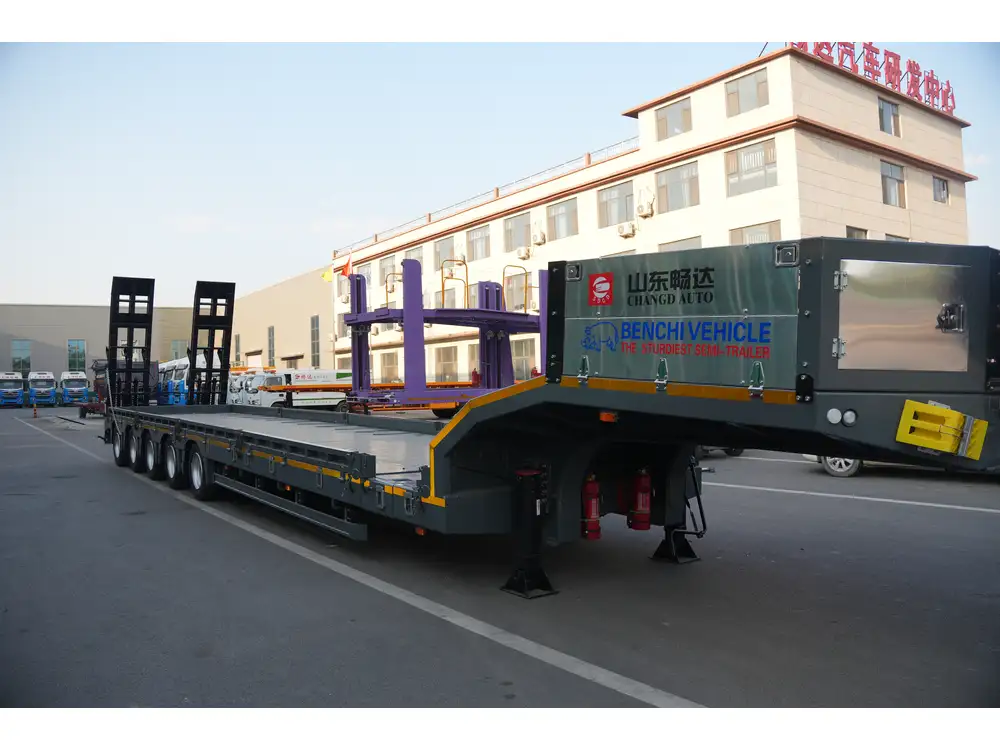
Summary
Choosing the correct axle width for a 14k dump trailer is not merely a matter of guessing; it involves a careful consideration of multiple factors, including weight distribution, intended use, regulatory compliance, and personal preferences on handling characteristics. Wider axles provide enhanced stability and load capacity, essential for safely transporting heavy materials. It is imperative to understand both the technical specifications and practical implications when making this critical decision.
Adopting a thorough, informed approach will significantly contribute to the performance and longevity of your 14k dump trailer, ensuring that it meets your operational needs effectively and efficiently.



